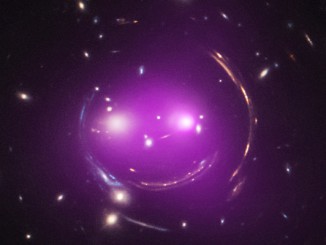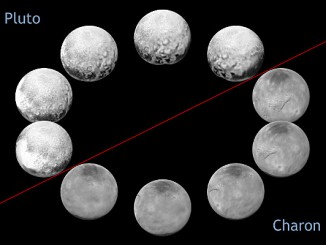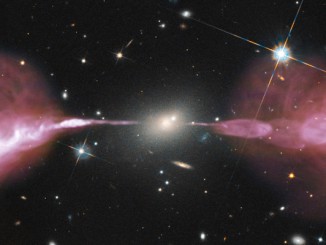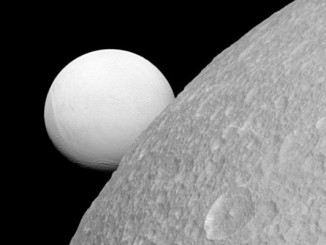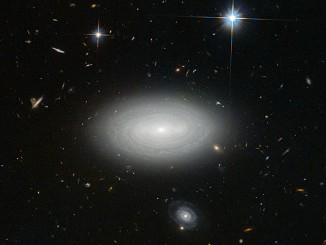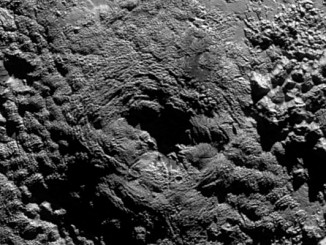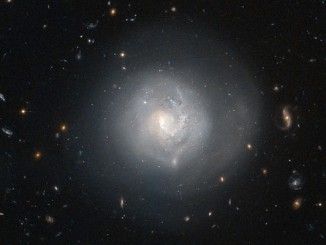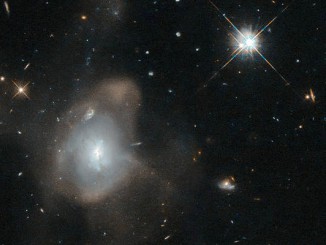
Hubble captures a galactic waltz
This curious galaxy — known by the seemingly random jumble of letters and numbers 2MASX J16270254+4328340 — has been captured by the NASA/ESA Hubble Space Telescope dancing the crazed dance of a galactic merger. The galaxy has merged with another galaxy leaving a fine mist, made of millions of stars, spewing from it in long trails.

